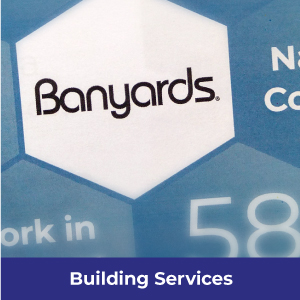So do you really want a high click through rate?
I love pay-per-click advertising. A medium where you not only get to define your market down to the nth degree, but you only pay when someone is interested in what you’ve got to say! What’s not to love?
Like many other agencies, over recent years we’ve been directing an increasing proportion of our clients’ advertising budgets in this direction. Loads of businesses are doing it (if you’re not, you should seriously consider it).
So how come so many are getting it so wrong?
When I inherit an existing pay-per-click campaign, I never know whether to scream in frustration at the amount of wastage that’s in there or punch the air with joy at how easy it’s going to be for me to improve it and look good in front of my client.
This isn’t because I’m astonishingly clever, or because I’m some sort of technological guru with a deeper insight into how these things work. I’m not about to reveal anything earth-shatteringly original about how to structure a pay-per-click campaign. It’s common sense really, at least to anyone with experience in the wider world of marketing.
The biggest problem is that businesses (or perhaps, the agencies who advise them and set up their campaigns) all-too-often confuse a high click-through-rate (CTR) with a successful campaign. To be fair, they’re encouraged in this assumption by the media providers.
For example, Google finds different ways to reward its AdWords clients for a high CTR, partly because (genuinely) they have an interest in searchers finding any ads which appear at the top of their results pages sufficiently relevant and appealing to want to click on. But also because Google naturally also has an interest in as many people as possible clicking on those ads, in order to generate income.
But think about it. If you’re paying for every click (and assuming you don’t have an unlimited budget), wouldn’t you rather reduce the number of clicks to ensure that you only pay for the most relevant, hottest prospects?
You do this by pre-qualifying your leads with the right choice of search terms, and the right wording for your ads. The trick is to calibrate campaigns to achieve the right balance between quality and quantity.
And the savings on worthless click-throughs outweigh any rewards you might receive from the likes of Google.






















